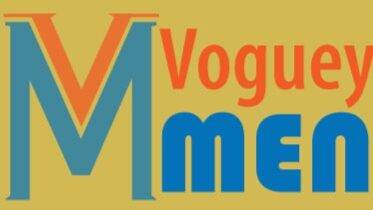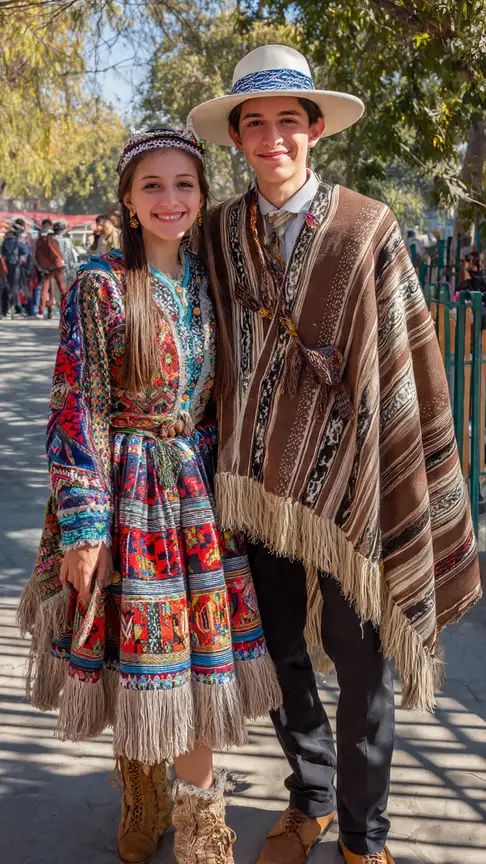Chile, often called the land of poets and volcanoes, is a country of mesmerizing contrasts. To the south, icy fjords and coastlines host colonies of penguins, while to the north stretches the Atacama Desert, a place so dry that some valleys have not felt rain for centuries. Overhead, the nation enjoys the clearest skies in the world, a window to the stars. Yet Chile’s identity is not written only in landscapes but also in fabric, fiber, and craft. The Fashion Accessories and Traditional Garments of Chile carry stories of heritage, resilience, and artistry—inviting us to explore a truly unique sartorial legacy.
The Traditional Garments of Chile:
Lets step into Chile’s traditional wardrobe, where every garment is woven with history, symbolism, and a touch of the extraordinary. From the elegant chamanto to the rugged attire of the huaso, these pieces are far more than clothing—they are living emblems of identity. Join us as we journey through one of the world’s most remote countries, uncovering the traditional garments that shape its enchanting sartorial heritage.
Chamanto
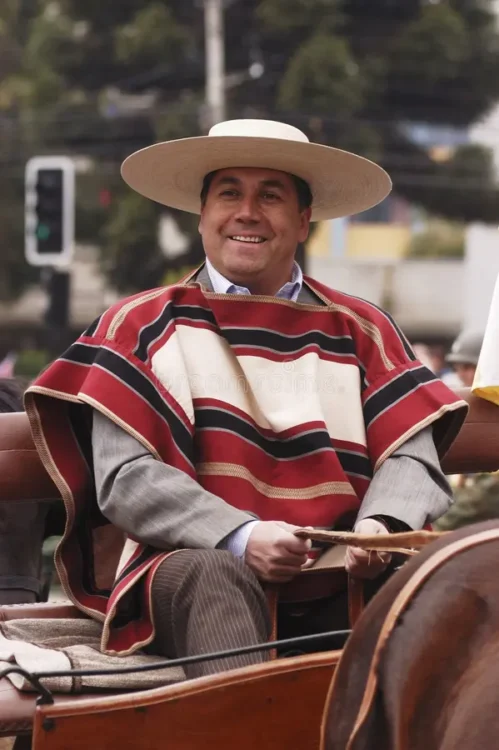
The chamanto is Chile’s most elegant poncho, reserved for festive and ceremonial occasions. Unlike ordinary ponchos, it is finely woven from silk and wool blends, creating a soft yet durable fabric. Its most unique feature is reversibility—one side dark, for evening or solemn use, and the other light, for daytime. Decorative patterns include vines, birds, and flowers, woven in intricate detail rather than embroidered. Traditionally worn by huasos with their full attire, the chamanto signifies refinement and status, elevating the rustic poncho into a symbol of Chilean pride. Image Source
Poncho Mapuche / Poncho Chilote
The poncho is central to Chile’s sartorial heritage, with variations by region. The Mapuche poncho (makun) is handwoven from thick wool, often striped in bold horizontal or vertical patterns, serving both practical and symbolic functions. It represents protection and identity, worn daily and ceremonially by Mapuche men. The Chilote poncho, by contrast, is heavier and coarser, knit or woven from sheep’s wool in the stormy Chiloé region. Typically grey or earth-toned, it shields wearers from rain and wind. Both versions reveal adaptation—one spiritual, one environmental—yet equally iconic.
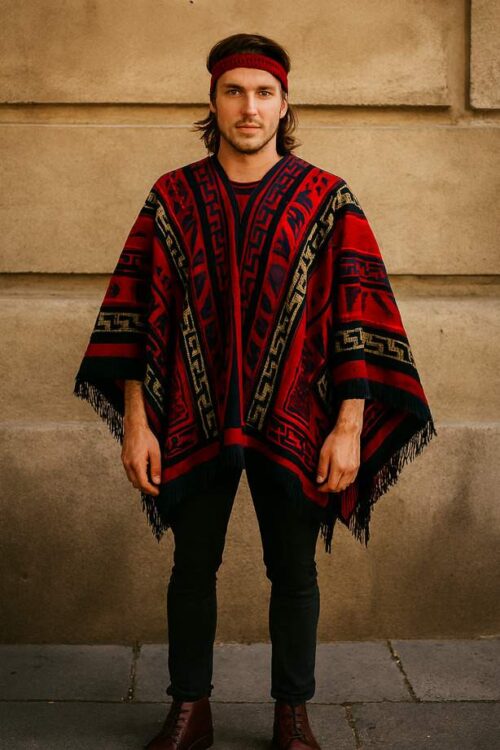
Traditional Cueca Dress
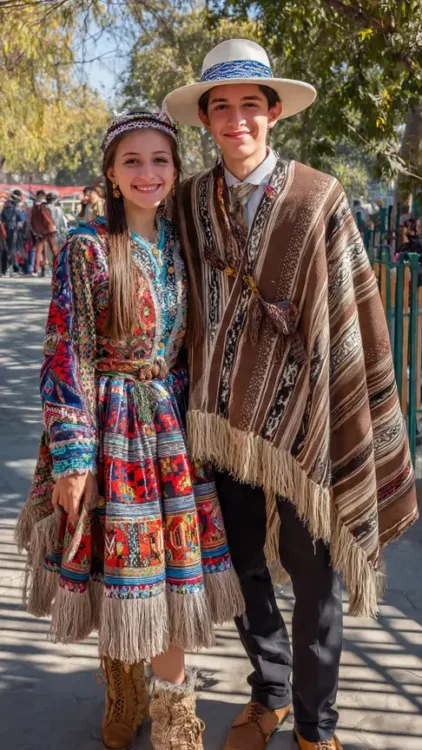
The cueca dress is the quintessential attire for women dancing Chile’s national dance. Knee-length and flared, it’s designed to accentuate spins and stomps with a lively, ruffled hem. Crafted from cotton or lightweight fabrics, it is adorned with floral prints, lace trims, and puffed sleeves. Bright colors—reds, blues, and whites—dominate, echoing Chile’s flag and festive spirit. Often paired with a matching hairpiece and a waved handkerchief, the cueca dress embodies femininity and national pride, turning folk performance into a vivid display of Chilean identity and charm.
Chaqueta de Huaso
The chaqueta de huaso is the quintessential jacket of Chile’s iconic horseman, the huaso. Cropped at the waist for ease of movement in the saddle, it is tailored from sturdy dark wool or broadcloth, usually in black, navy, or deep brown. Its sharp, structured cut gives the huaso a dignified silhouette, especially when paired with high-waisted trousers, riding boots, and the flowing chamanto draped above it. More than mere riding gear, the chaqueta has become a cultural emblem, symbolizing rural pride, equestrian skill, and the enduring elegance of Chile’s national attire.
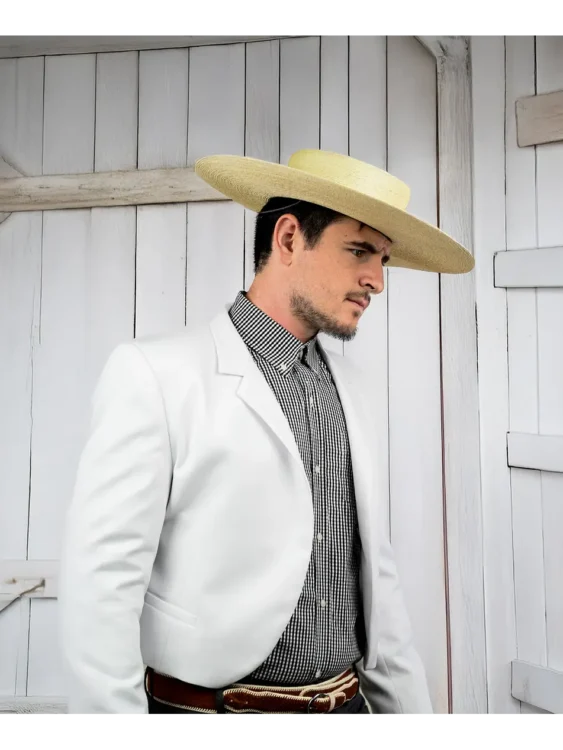
The Fashion Accessories from Chile
Beyond garments, Chile’s sartorial spirit shines in the details, the fashion accessories—those small but striking adornments that complete a look. From the wide-brimmed chupalla hat to Mapuche jewelry rich with ancestral meaning, each accessory carries both beauty and story. Let’s move on to explore the traditional fashion accessories of Chile, where craftsmanship meets culture in the most captivating ways.
Chupalla
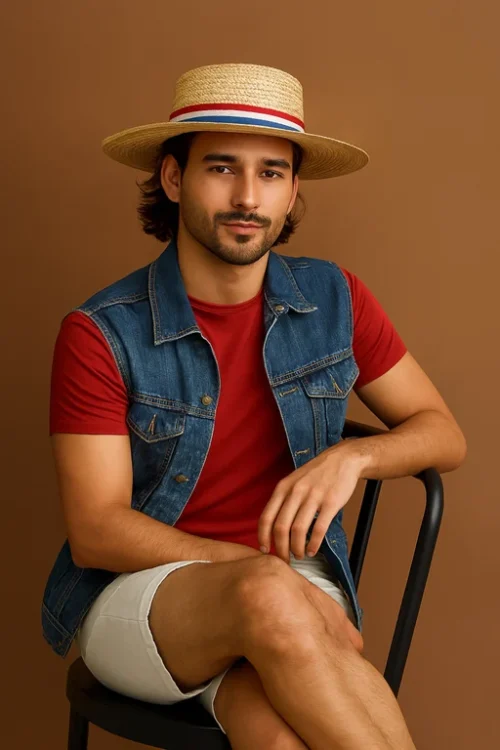
The chupalla is the quintessential hat of the Chilean huaso. Crafted from straw, it has a stiff, flat crown and a broad, rigid brim that shields riders from the sun during long days on horseback. Traditionally handwoven, the hat often features a simple leather or woven band around the crown. It is not merely functional but deeply symbolic, worn during rodeos, cueca dances, and national celebrations. Instantly recognizable, the chupalla completes the huaso’s look and has become one of Chile’s most iconic fashion accessories.
Chilean Chullo Beanie
The chullo (although more strongly related to Peru) is a traditional Andean beanie, worn in northern Chile among Aymara and Quechua communities. Made of alpaca, llama, or sheep’s wool, it features earflaps for warmth and often colorful geometric or animal motifs. Some are adorned with tassels or pompoms, reflecting festive spirit as well as protection from harsh mountain winds. The chullo is both practical and expressive, tying wearers to centuries of Andean craftsmanship. Today, it remains a popular cultural symbol, bridging indigenous identity with modern fashion and winter wear in Chile’s highland regions.
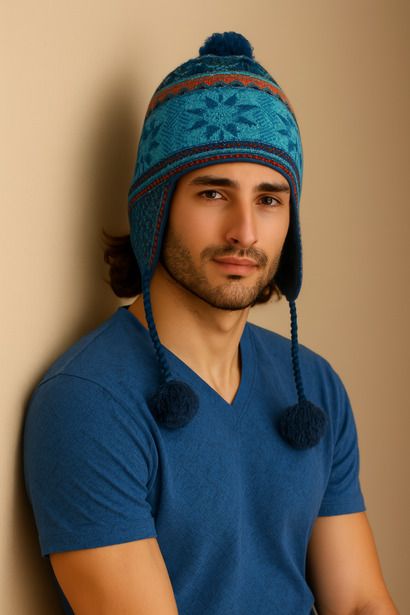
Faja Huasa
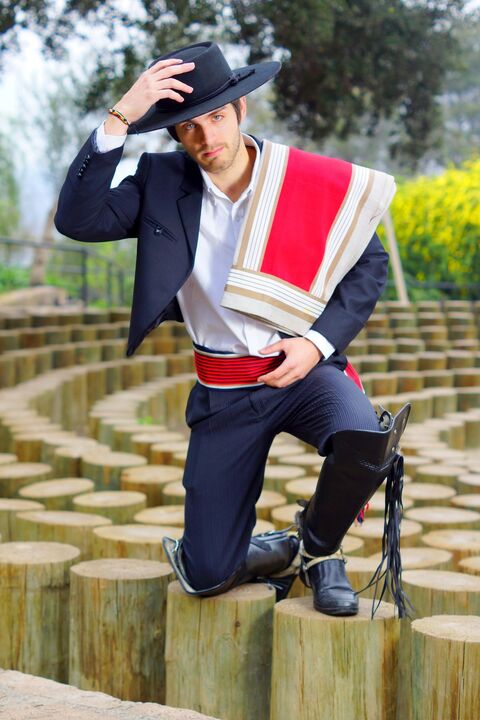
The faja huasa is a wide woven sash worn around the waist by Chilean huasos. Usually crafted from durable wool, cotton, or leather, it is wrapped tightly to support the lower back during long hours of riding. The faja adds both functionality and elegance, often featuring colorful stripes or embroidered details. Paired with the chaleco and chupalla, it creates a polished silhouette while reflecting rural tradition. Still common in rodeo attire, the faja huasa represents the perfect blend of utility, craftsmanship, and the aesthetic pride of Chilean horsemanship.
Gorro Chilote
The gorro chilote is the traditional woolen cap of the Chiloé Archipelago, knitted thickly from local sheep’s wool to withstand the region’s cold, wet climate. Typically conical or rounded, it often has earflaps or tassels, making it highly functional for seafaring life and outdoor work. Patterns are usually simple—stripes, crosses, or geometric motifs—knit in natural tones of grey, brown, or white. The gorro embodies island resourcefulness, where wool became the primary fabric of life. Beyond its practicality, it remains a symbol of Chilote identity and craftsmanship.

Piedra Cruz (Cross Stone) Rings and Pendants
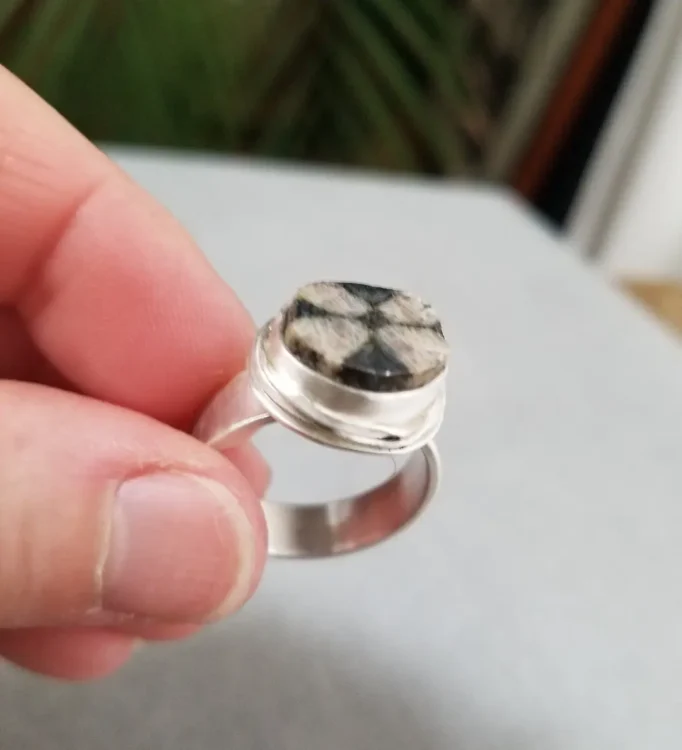
Unique to Chile, piedra cruz jewelry is crafted from a rare gemstone found in central regions, distinguished by its natural white cross pattern. Artisans cut and polish the stone into rings, pendants, and earrings, framing it in silver or alpaca metal. Worn both for beauty and believed protective power, piedra cruz pieces carry strong cultural symbolism, blending Catholic imagery with local heritage. Each stone’s cross is formed naturally, making every jewel one-of-a-kind. For Chileans, wearing piedra cruz is both a statement of faith and national pride.
Trarilonco Headband
The trarilonco is a traditional Mapuche headband, woven or forged in silver, worn across the forehead. Historically, it symbolized dignity and status, with intricate designs or dangling coins reflecting the artisan’s skill. Women often wore silver trariloncos adorned with discs, while men sometimes used woven versions in ceremonial contexts. Beyond adornment, it represented identity and protection, binding the wearer spiritually to Mapuche heritage. Today, the trarilonco is a treasured cultural accessory, still crafted by silversmiths and worn proudly in traditional ceremonies, dances, and cultural celebrations across southern Chile.
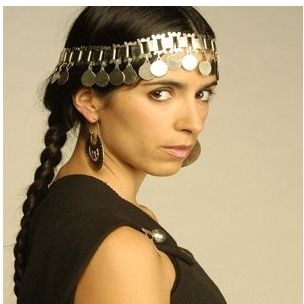
Huaso Boots
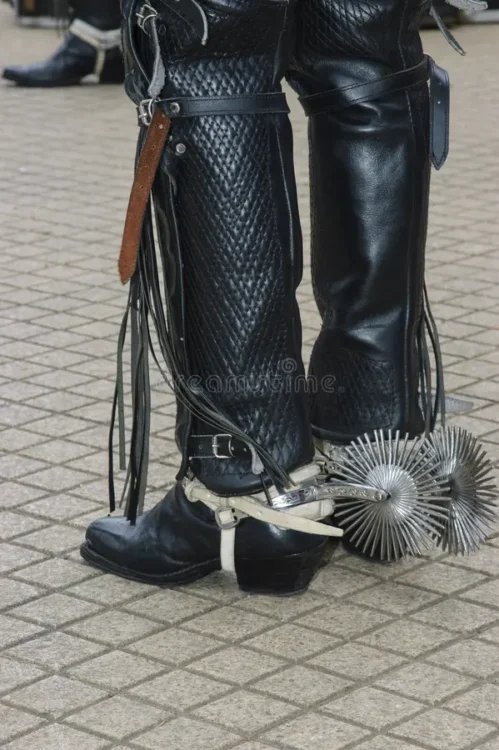
Huaso boots, or botines de huaso, are often long leather riding boots central to the cowboy’s attire. Typically black or brown, they are crafted from durable leather and often polished to a sheen. Designed to fit snugly, they slip easily into stirrups and are paired with spurs for rodeo work. Beyond function, the boots lend the huaso a distinguished and formal appearance, complementing the chamanto, chupalla, and chaleco. Still worn in rural areas and at national festivals, these boots embody the elegance and practicality of Chile’s equestrian tradition. Image Source
Rapa Nui Headdresses
On Easter Island (Rapa Nui), traditional headdresses are striking symbols of cultural identity. Made from feathers, shells, plant fibers, and sometimes human hair, these ornate crowns were historically worn by dancers, chiefs, and ceremonial leaders. Designs often incorporated vibrant red or white feathers, symbolizing power, fertility, or spiritual connection. Today, they remain central to cultural performances like the Tapati Rapa Nui festival, where dancers and musicians revive ancestral traditions. These headdresses are more than adornments—they are living expressions of Polynesian heritage within Chile’s cultural mosaic. Image Source
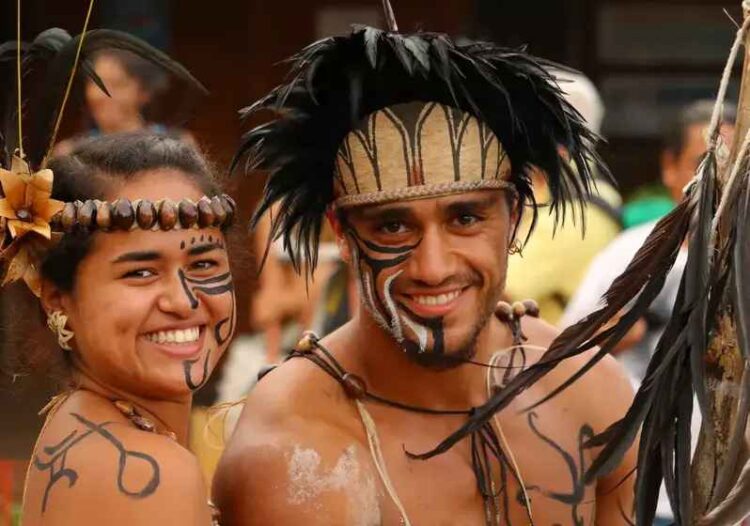
Chilote House Shoes
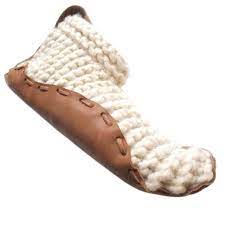
Chilote house shoes are a uniquely crafted hybrid—half sock, half shoe—born from the chilly, rain-soaked climate of the Chiloé Archipelago. They feature a soft, hand-knitted wool upper that hugs the foot like a thick sock, seamlessly joined to a sturdy leather sole that provides durability and grip. Primarily worn indoors, these cozy hybrids kept island families warm against damp wooden floors while remaining practical for quick trips outside. Today, they are cherished not only as functional footwear but also as emblematic pieces of Chilote craftsmanship, blending comfort, tradition, and rustic charm.
From ponchos to silver headbands, Chile’s garments and accessories are more than attire—they are poems in fabric and metal. In this land of poets and volcanoes, fashion is heritage, each piece carrying the rhythm of dances, the spirit of mountains, and the pride of a people.
If you want to have glimpse at Ecuadorian fashion, here is your link.
